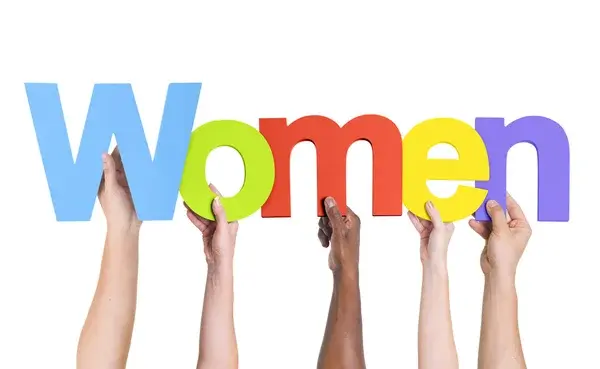What is Women’s Empowerment? Understanding Its Mechanisms, Benefits, and Drawbacks
Women’s empowerment is a multifaceted concept that involves granting women the agency, resources, and opportunities to make choices and take control of their own lives. It is a vital element in achieving gender equality and enhancing the overall development of societies. Empowerment can occur at various levels, including individual, community, and institutional, and involves promoting women’s rights, ensuring access to education, healthcare, economic opportunities, and political representation.

How Women’s Empowerment Works
The process of women’s empowerment encompasses several key dimensions:
Education:
Equal access to education is foundational for women’s empowerment. Education not only enhances women’s knowledge and skills but also enables them to participate more fully in economic, social, and political spheres.
Economic Empowerment:
Financial independence is crucial for women’s empowerment. This can be attained through entrepreneurship, equal job opportunities, fair wages, and access to financial resources like credit and loans. Economic empowerment allows women to make choices that affect their own lives and those of their families.
Political Participation:
Women’s representation in political decision-making processes ensures that their perspectives and needs are considered. Initiatives aimed at increasing women’s participation in politics—such as quotas for women in leadership positions—are essential for fostering inclusive governance.
Legal Rights and Protections:
Establishing and enforcing legal rights that protect women from discrimination and violence is vital. Laws promoting gender equality, property rights, and social protections contribute significantly to women’s empowerment.
Community Support and Networking:
Building strong support networks among women can provide encouragement and resources. Community organizations that focus on women’s issues help foster an environment conducive to empowerment.
Benefits of Women’s Empowerment
The benefits of women’s empowerment extend beyond individual women to society as a whole:
Economic Growth:
Empowering women leads to greater economic productivity. When women participate in the workforce, they contribute significantly to economic development and innovation.
Improved Health and Education Outcomes:
Empowered women tend to invest more in their families, particularly in the health and education of their children, leading to better overall outcomes for future generations.
Reduced Inequality:
Women’s empowerment plays a critical role in reducing gender inequalities. This progress fosters a more equitable and just society, benefitting all community members.
Social Progress:
Empowerment encourages social change, challenging traditional norms and stereotypes. As women gain more influence, societal attitudes toward gender roles can evolve, promoting greater respect for diversity and inclusion.
Drawbacks of Women’s Empowerment:
While the overall impact of women’s empowerment is overwhelmingly positive, there are challenges and potential drawbacks that must be acknowledged:
Resistance and Backlash:
Empowerment initiatives can provoke backlash from individuals or groups resistant to change. This resistance can manifest in various forms, including increased discrimination, violence, or efforts to undermine women’s progress.
Unequal Outcomes:
Women’s empowerment efforts might inadvertently benefit women in urban areas more than those in rural regions or marginalized communities, leading to increased disparities among women themselves.
Complex Implementation:
Achieving true empowerment requires systemic change, which can be complex and time-consuming. There is often a need for collaboration among various stakeholders, including governments, civil society, and the private sector, to create sustainable solutions.
Misinterpretation of Empowerment:
Sometimes, empowerment initiatives can be misaligned with the actual needs and preferences of women, resulting in programs that are not effective or relevant.
Conclusion
Women’s empowerment is an essential aspect of achieving gender equality and fostering sustainable development worldwide. By promoting education, economic independence, political representation, and legal rights, societies can unlock the full potential of women, benefiting everyone in the process. However, addressing the drawbacks and challenges related to empowerment efforts is crucial to ensuring that their implementation is both effective and equitable. The journey towards women’s empowerment is ongoing, requiring commitment from all members of society to create a more just and inclusive world.
